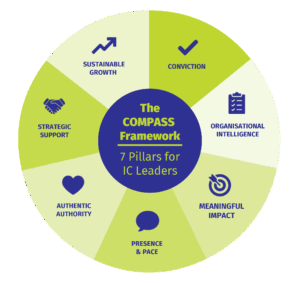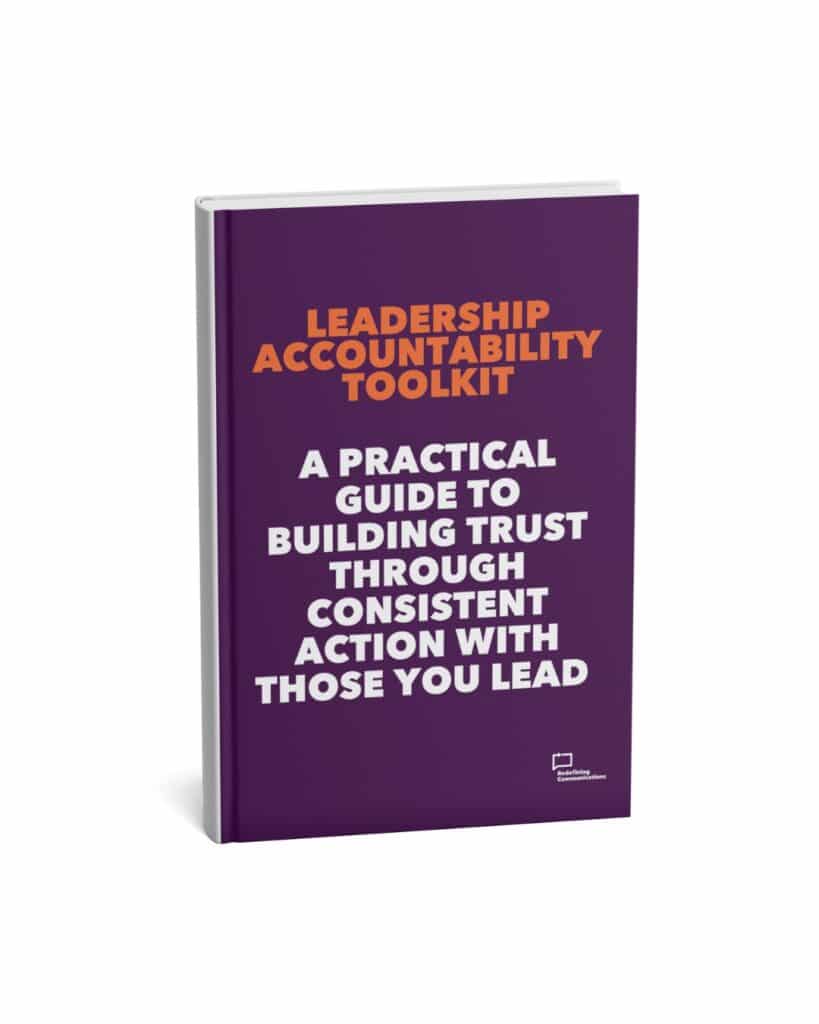This morning I attended a breakfast event hosted by VMA Group on the topic of authenticity. The session was led by Matt Hampshire from MK and he was supported by Ed Austin from Wagamama and together they took us through five rules for authenticity.
During the hour they took us through examples from Wagamama as well as some from other organisations – some who get it right and some who get it wrong. As someone who has spent most of their internal communications career working with employees who are predominantly offline it was great to hear a clear message about customer service and organisational purpose – so here are the five rules and how internal communicators can play a role in brand authenticity:
- Know who you are
Looking back to a 1971 Coca-Cola advert and comparing it to a 2017 Pepsi advert reminds us all to stay true to who we are and not jump on a bandwagon. The backlash to Pepsi was huge with an estimated loss of $40m and an advert pulled after huge criticism all over the world. The identity of the organisation can come from iconic leaders – Steve Jobs and Anita Roddick were just two examples shared – but having a strong purpose and a clear understanding of what your organisation is about will allow you to demonstrate who you are through good communication. - Embrace the truth (even when it is uncomfortable)
Last year someone shared a photo of a poster in a Wagamama restaurant that clearly told employees they would be disciplined if they called in sick. The first thing Wagamama’s did was talk to their employees – using all their channels they quickly communicated to all employees that this was in fact not the case. It was important for them to keep the conversation going and explain the truth behind the headlines. - What you do is more important than what you say
Quite often the conversations we have inside organisations will be around values and how we can put a poster on a wall to share them so that people know what they are. Sadly, this rarely works simply because what you do is more important than what you say. If one of your values is respect but it is accepted that people are late for meetings or on their phone during meetings then this doesn’t match. For many, the focus is on the profit and company results and this can lead to behaviour that might go against how we want to be perceived – as Ed said, “If you focus too much on the numbers, you lose focus on the service. Sales will follow if the service is there.” - Start with the right people
If 72% of people are judged on their CV alone then how can we be sure we are hiring the right people? When we think about employee engagement and employee experience, we need to start at the beginning. The whole employee journey needs to be considered to make sure that the people we train and invest in are committed to the organisation. The example about Zappos giving people £2,000 to not take a job was an interesting example to show how some companies ensure they only hire people who really want to be there. - It’s not about you, it’s about them
I have spent many meetings discussing this with leadership teams – explaining that they aren’t the audience for some of these messages. The example from Wagamama about the introduction of their Vegan menu was founded on co-creation. Inviting employees who choose a vegan diet to meet with the Executive Chef and discuss the menu, taste it and get involved in what good service looks like for them was fundamental to the roll out of the new dishes. As he said “it’s not about jumping on a bandwagon, it’s about embracing it”
At the end of the session there were some questions about corporate reputation, downloading apps to phones and how to engage cynical employees – all these questions were from different industries and they highlighted the different challenges we can all face in the different cultures we work in. The solution? Come back to these five rules and think about how to apply them in your business, they are core principles and as a guide, they should work for everyone.







